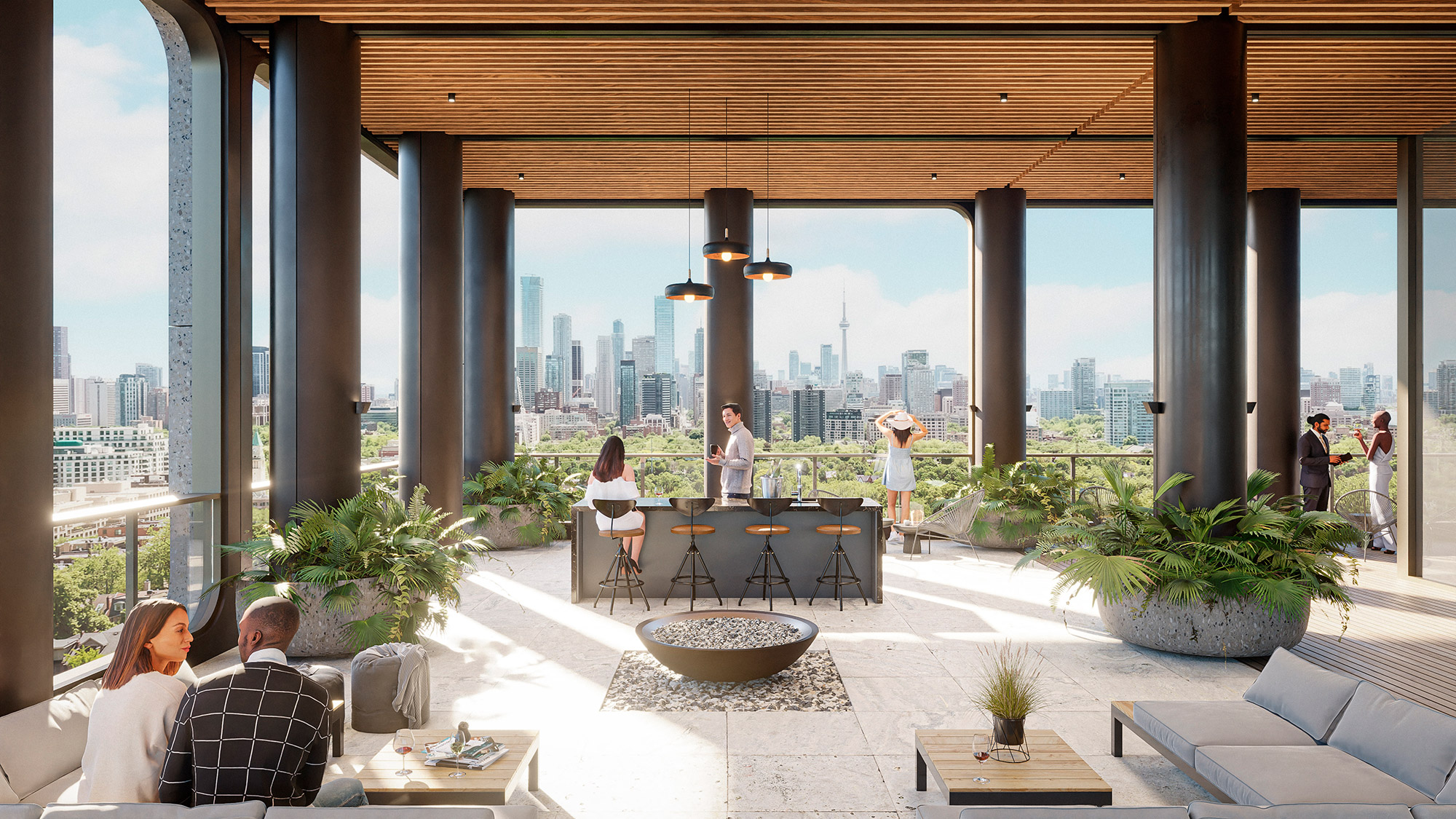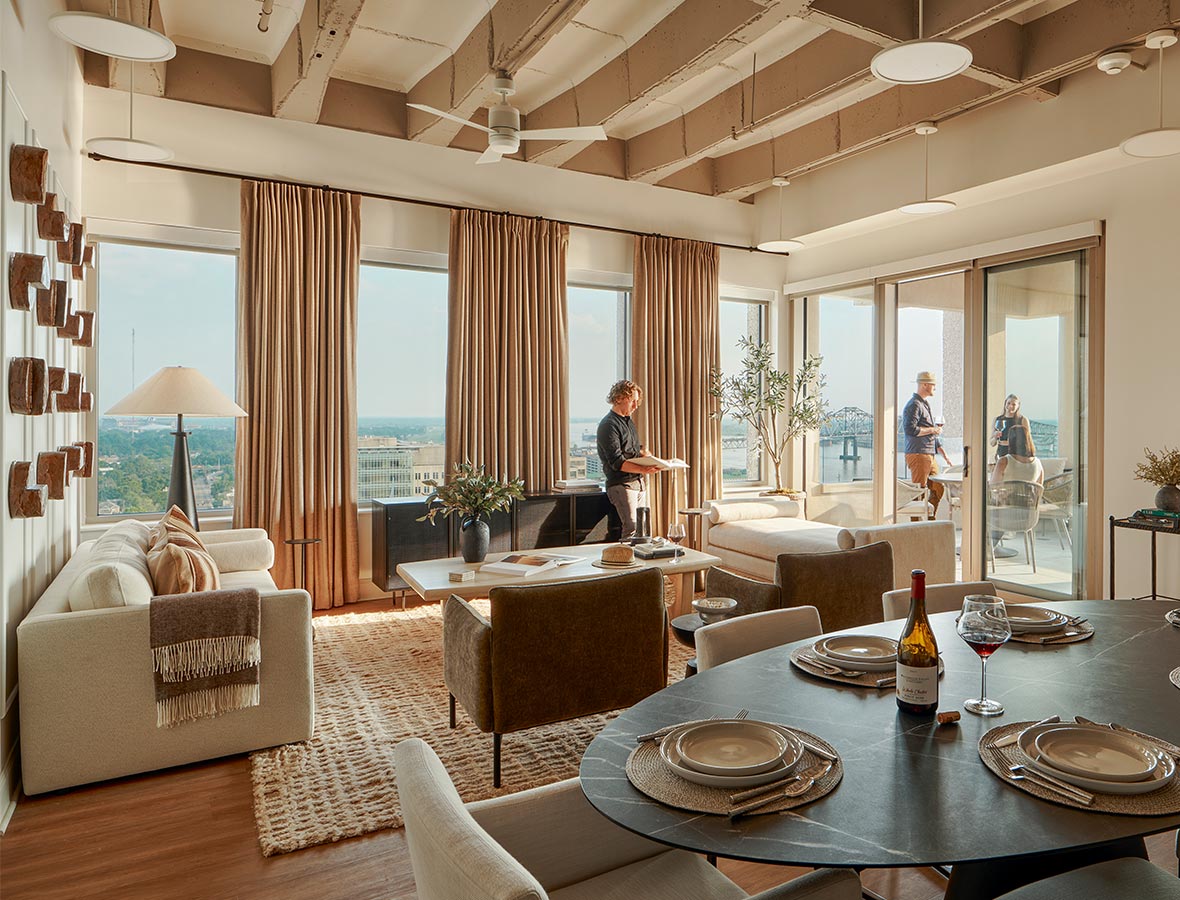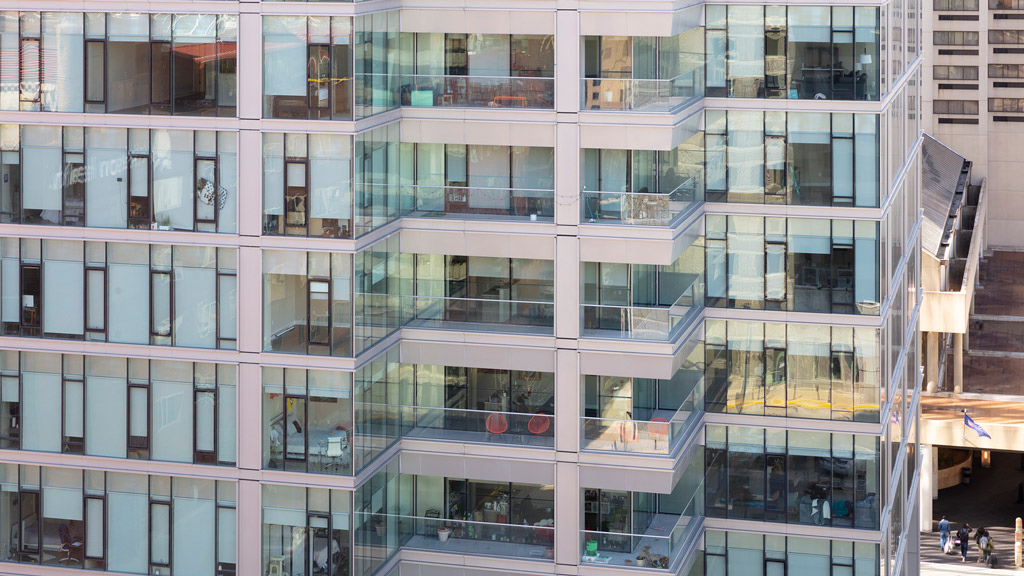Unlocking Hidden Value: How Cities and Developers Are Partnering to Turn Vacant Offices into Residential
January 31, 2023 | By Duanne Render
“The pandemic is behind us.”
That’s what most cities and businesses are saying as the lockdown months get further and further in the rearview. Meanwhile, we’ve seen hybrid work truly take root and many markets seeing a ‘flight to quality’ as tenants choose to leave outdated buildings in favor of new ones with contemporary amenities.
The result is a trend of rising office vacancy rates and a cascade of other negative effects on our cities — especially our downtowns and central business districts. There’s no escaping the fact that vacant office spaces are increasingly becoming a burden for cities and developers, taking up valuable real estate but not providing the same kind of economic value.
While we’ve studied the impact of this rising office vacancy and proposed innovative solutions at the building level, it’s becoming increasingly clear that the proverbial mountain we have to climb is convincing cities to come to the table to unlock this value.
The opportunity for cities is massive. They hold the key to facilitating real change in dealing with rising vacancy rates and reinvigorating downtowns and business districts. To that end, we’ve been working with multiple municipalities across North America to understand how this challenge can be navigated.
It all started as an exploration into how we could help our clients make decisions quickly on what to do with their vacant office space. Now, with a proof of concept that we can quickly determine if an underperforming asset makes a suitable candidate for conversion, Gensler is turning its attention to the impact these conversions would have on our downtowns.
Incentives
Many civic-minded developers see an exciting opportunity to play a role in the transformation of their cities. As the market has proven time and time again, making these conversion projects work financially can be difficult without additional incentives.
However, we are beginning to see multiple cities tackle this issue by offering incentives ranging from cash grants for projects that meet certain criteria, waived permit fees or development charges, and property tax breaks over a period of time.
Outside of financial incentives, another option for cities is to remove friction in the development process to allow projects to get to market faster and reduce the holding cost. Some examples include: waiving the need to apply for a change of use from office to residential, or the creation of a dedicated team assigned to review and process applications for qualifying conversion projects.

Learning from the leaders
The city of Calgary is the North American leader in incentivizing conversions. The city has made $100 million available to assist property owners in office-to-residential conversions through a grant funding mechanism that made $75 per square foot available to eligible projects. This scheme is set to increase the downtown population by 23%, increasing the tax base and injecting new life into the city, improving activity, vibrancy, and safety.
In Chicago, the city is focusing its efforts on one neighborhood with the LaSalle Street Reimagined initiative, which makes state, county, and federal tax incentives available to the selected properties along the corridor. Further financial assistance may be available through Tax Increment Finance for projects that meet specific criteria such as a minimum of 30% affordable housing.
The city of Portland has also started looking into this concept and are considering a broad incentive package which may include, among others, exemption of system development charges (SDC’s) within a centralized geographic boundary, property tax exemption for seismic upgrade costs, fast-tracking tenant improvement permitting, and expanding a FAR density bonus for certain projects where it would be of value.

Citywide analysis
Some cities are looking into the urban fabric of their downtowns to understand the various components that are essential to a residential or true mixed-use neighbourhood, and where these can be introduced to support conversion. These components include open space or parks, grocery, restaurants, education, childcare, and access to transit. In some cases, cities are considering changing underutilized parking lots into parks, or including restaurant and grocery uses on ground floors in their incentive packages to encourage and assist in “neighbourhood creation”.
Partnering together, developers and cities can turn vacant offices into vibrant mixed-use communities, creating investment opportunities and increasing overall quality of life in the area. By exploring innovative approaches to dismantle barriers to entry, both developers and cities can unlock hidden value in these empty spaces and create vibrant places to live.
For media inquiries, email .

